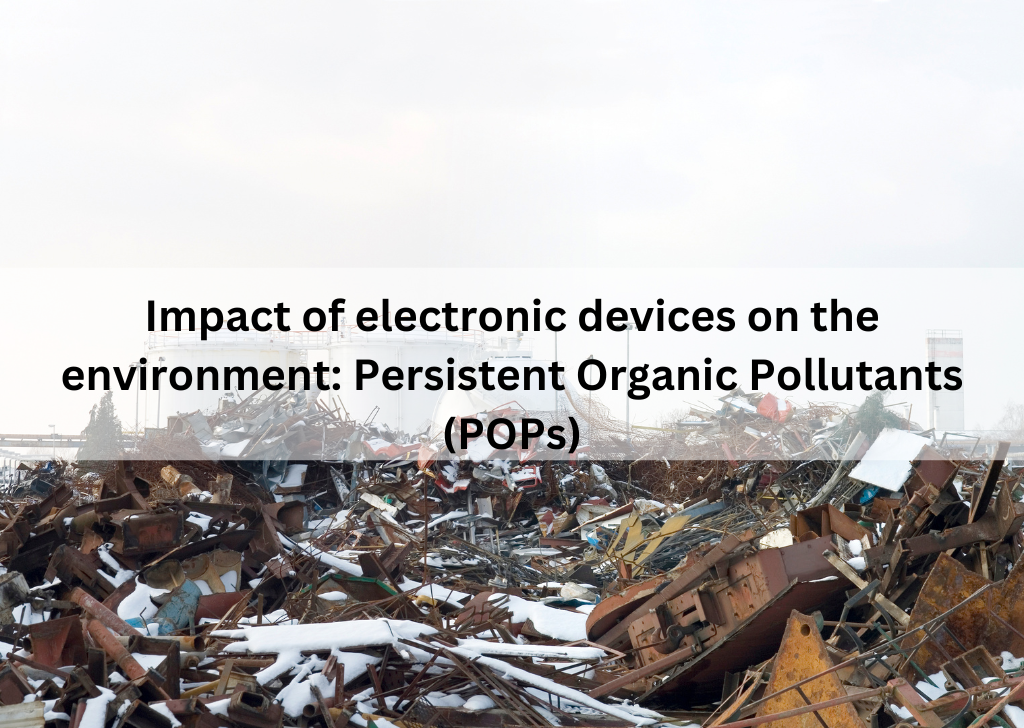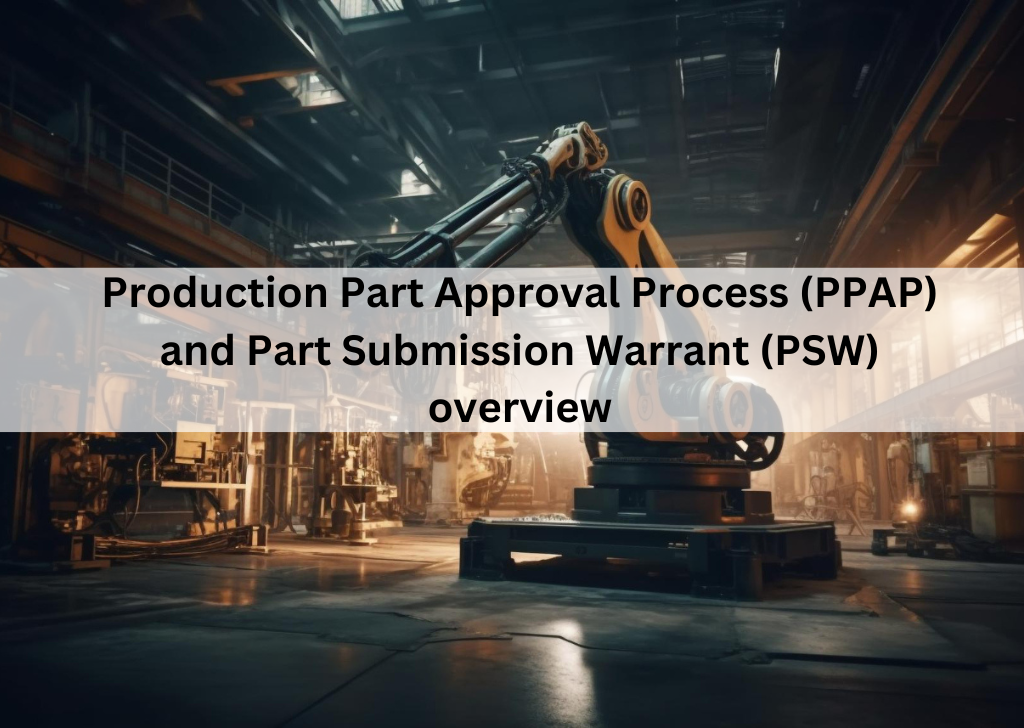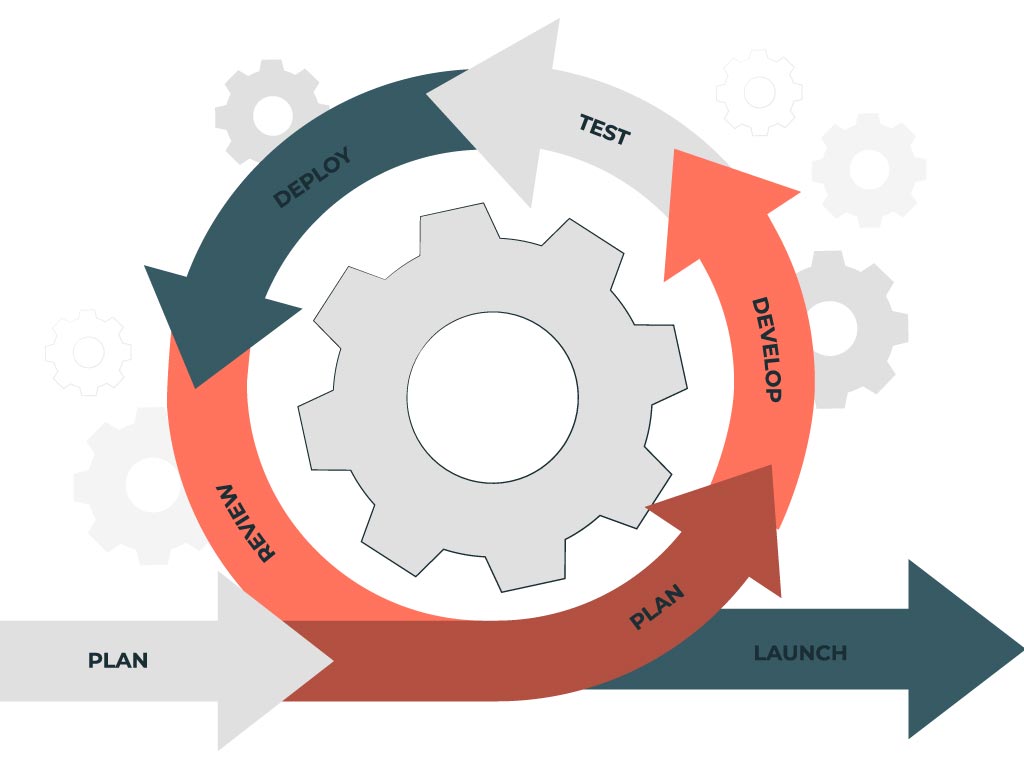The impact of part obsolescence management on ASIC and VHDL design
Product change notification (PCN) alerts are nothing new. Component obsolescence has been a problem for decades. However, the RoHS directive has made the matter acute.
RoHS legislation has severely limited the use of six substances, including lead, from printed circuit boards and other electrical/electronic devices imported into Europe. This legislation has now extended globally, meaning exports to areas other than the European Union (including states like California) are also affected.
Many component engineering firms have stopped using lead in previously leaded components. However, rather than issuing an EOL (end-of-life) notice, they issue a PCN alert instead. This has caused problems in VHDL and ASIC design, as many unleaded components are unviable in engineering processes that previously used the leaded format. For a start, solder temperatures have to be higher. Even though the components may appear identical, they can still become obsolete from the company’s point of view. However, when a Product change notification is used instead of an EOL notification, this may go unnoticed.
Exemption clauses mean certain system designs don’t have to use RoHS-compliant parts; for example, medical, aerospace and defense equipment. Problems arise when these components must be replaced, as their alternatives may not be compatible with existing parts. Also, while PCN alerts may give around six months’ notice, this may not allow time to stockpile. Suppliers have a sneaky way of withdrawing components from catalogues or making them prohibitively expensive.
We at Enventure Technologies offer a range of Component Engineering Services, including product change notification and obsolescence management tools, to help with things like this.










